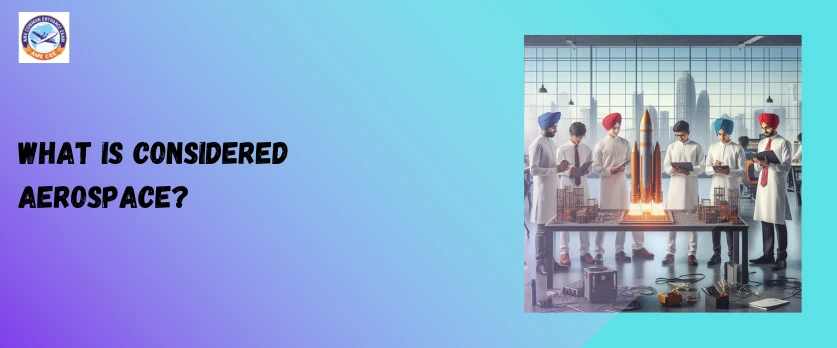Understanding Aerospace
Aerospace is a comprehensive field that involves the study, design, development, production, testing, and maintenance of aircraft, spacecraft, and related systems. It encompasses both aeronautics, the study of flight within Earth’s atmosphere, and astronautics, the study of travel beyond Earth’s atmosphere. Here’s a detailed breakdown of what is considered aerospace:
Aeronautics
Aircraft Design and Engineering
Focuses on designing and engineering fixed-wing aircraft, helicopters, and unmanned aerial vehicles (UAVs).
Involves considerations such as aerodynamics, structural integrity, materials science, and avionics.
Aircraft Propulsion
Deals with the design and development of engines, propulsion systems, and power plants for aircraft.
Includes research into jet engines, propellers, and alternative propulsion technologies.
Aircraft Systems and Avionics
Involves the integration of electronic systems into aircraft, covering navigation, communication, and flight control systems.
Emphasizes the use of advanced sensors, radar, and communication technologies.
Aircraft Maintenance and Repair
Encompasses the upkeep, inspection, and repair of aircraft to ensure safety and airworthiness.
Includes routine maintenance, troubleshooting, and major overhauls.
Astronautics
Spacecraft Design and Engineering
Focuses on the design and engineering of vehicles for space travel, including satellites, space probes, and crewed spacecraft.
Involves considerations for microgravity, extreme temperatures, and the harsh conditions of space.
Rocket Propulsion
Deals with the development of propulsion systems for spacecraft and launch vehicles.
Emphasizes high-thrust engines, staging mechanisms, and fuel efficiency.
Orbital Mechanics
Involves the calculation and optimization of trajectories for spacecraft, satellites, and other space vehicles.
Requires an understanding of gravitational forces, orbital dynamics, and celestial mechanics.
Space Exploration
Encompasses missions aimed at exploring celestial bodies such as planets, moons, and asteroids.
Includes robotic missions, space telescopes, and crewed missions to space stations or other celestial bodies.
Research and Development
Advanced Technologies
Involves research into cutting-edge technologies such as hypersonic flight, unmanned systems, and space tourism.
Seeks to push the boundaries of aerospace capabilities.
Materials Science
Researches and develops advanced materials for aerospace applications, including lightweight composites, heat-resistant alloys, and space-grade materials.
Regulatory and Safety Compliance
Certification and Standards
Ensures that aerospace vehicles meet regulatory standards set by aviation authorities.
Involves obtaining certifications for airworthiness and safety.
Safety Protocols
Implements stringent safety protocols and procedures to minimize the risk of accidents during aerospace operations.
Includes thorough testing, inspections, and adherence to international safety standards.
Conclusion
Aerospace engineering is a dynamic and interdisciplinary field that plays a crucial role in advancing human capabilities in both Earth’s atmosphere and outer space. Whether it’s designing efficient aircraft, exploring distant planets, or developing innovative technologies, aerospace professionals contribute to the progress of science, technology, and human exploration.
To become an aerospace engineer you may could join aerospace engineering through AME COMMON ENTRANCE EXAM (AME CEE) this examination you may join Aerospace Engineering approved by AICTE.


